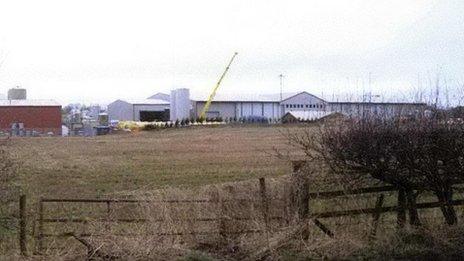Chapelcross tritium gas discharge increase investigated
- Published
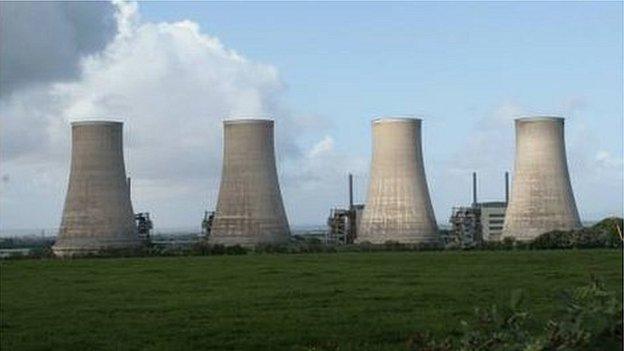
The Chapelcross site ceased power generation in 2004 and its cooling towers were later demolished
Environmental inspectors have been called in after an increase in tritium gas discharges from the former Chapelcross nuclear plant, near Annan.
The discharges are in breach of approvals but are said to be well within the overall site safety limit.
According to the Scottish Environmental Protection Agency (Sepa), the gaseous tritium is from an authorised outlet but is greater than it should be.
The Chapelcross site ceased power generation in 2004.
Sepa staff have been to the facility a number of times to discuss the issue with the operators.
They say that while a sub-limit for gaseous disposals has been exceeded, it is a small fraction of the authorised disposal limit for the whole site.
On that basis, Sepa says it is confident there is no risk to the public or the environment, although investigations are continuing to find the reason for the increase.
Tritium - a radioactive isotope of hydrogen - was a by-product of the nuclear operations at Chapelcross and was used in the weapons industry.
Gaseous tritium is sometimes used for its radio-luminescence by makers of self-illuminating watches or signposts.
- Published28 February 2014
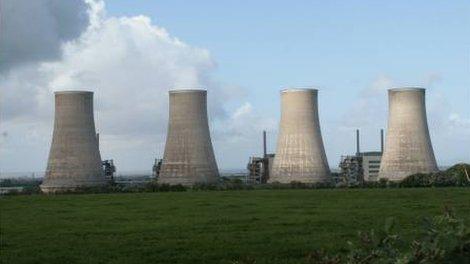
- Published13 February 2014
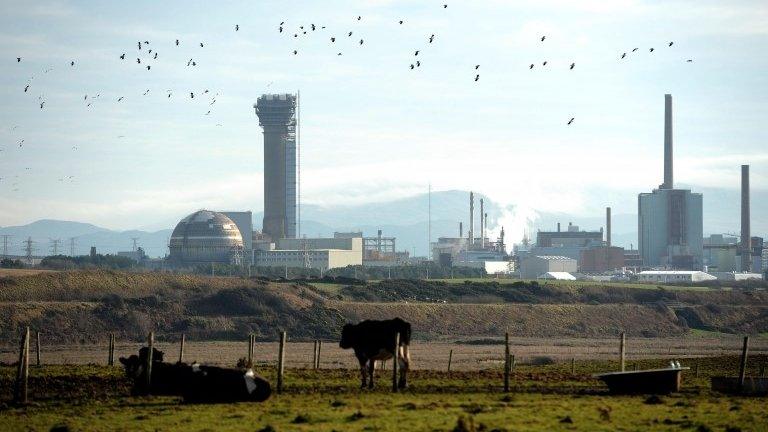
- Published8 November 2013

- Published20 August 2013
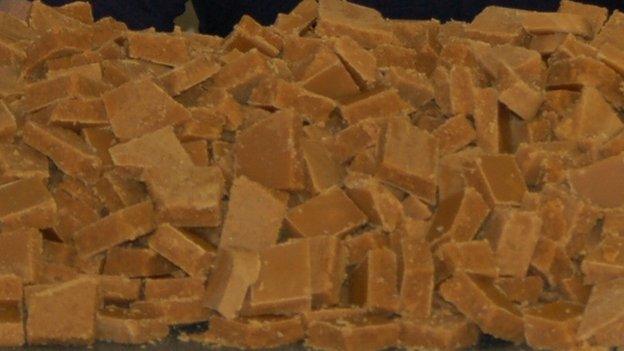
- Published27 February 2013

- Published24 December 2012

- Published29 November 2012

- Published27 June 2012
